Behind the scenes: Peer magazine
Picking up the inaugural issue of Amsterdam-based Peer magazine, I was struck by how much it looks, feels and at times reads like an academic journal. But don’t let that put you off – there’s a huge amount going on below the surface with Peer, which gradually reveals itself as the print product of a much bigger process.
I spoke to co-founders Kala Newman and Kay Brugmans, pictured left and right above with Alexandra Colmenares-Cossio, one of the artists who helped to shape the first issue of this rebellion against ‘nice’ magazines.
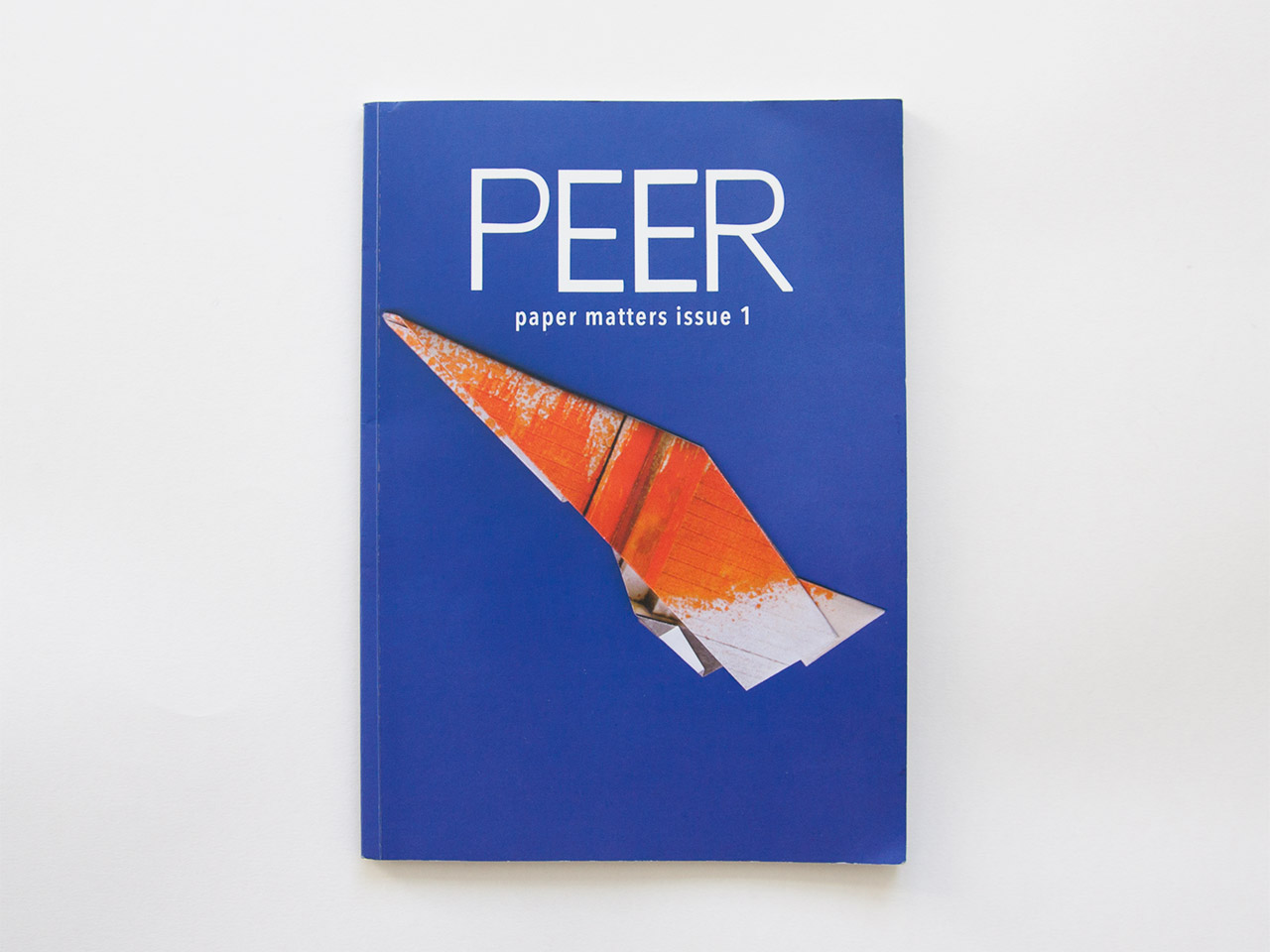
If I’ve understood it correctly, Peer is both a physical space and a magazine?
Yes, that’s right. The physical space is called Peer Paper Platform, and Peer Paper Matters is the first issue of our printed magazine. The building we’re in is a former brothel in the centre of the red light district in Amsterdam. Kala had been running this space under a different name for years as a combined exhibition space, bookshop and café. When Kay came along with the idea of starting a magazine we thought: “How can we combine a magazine with the space?”.
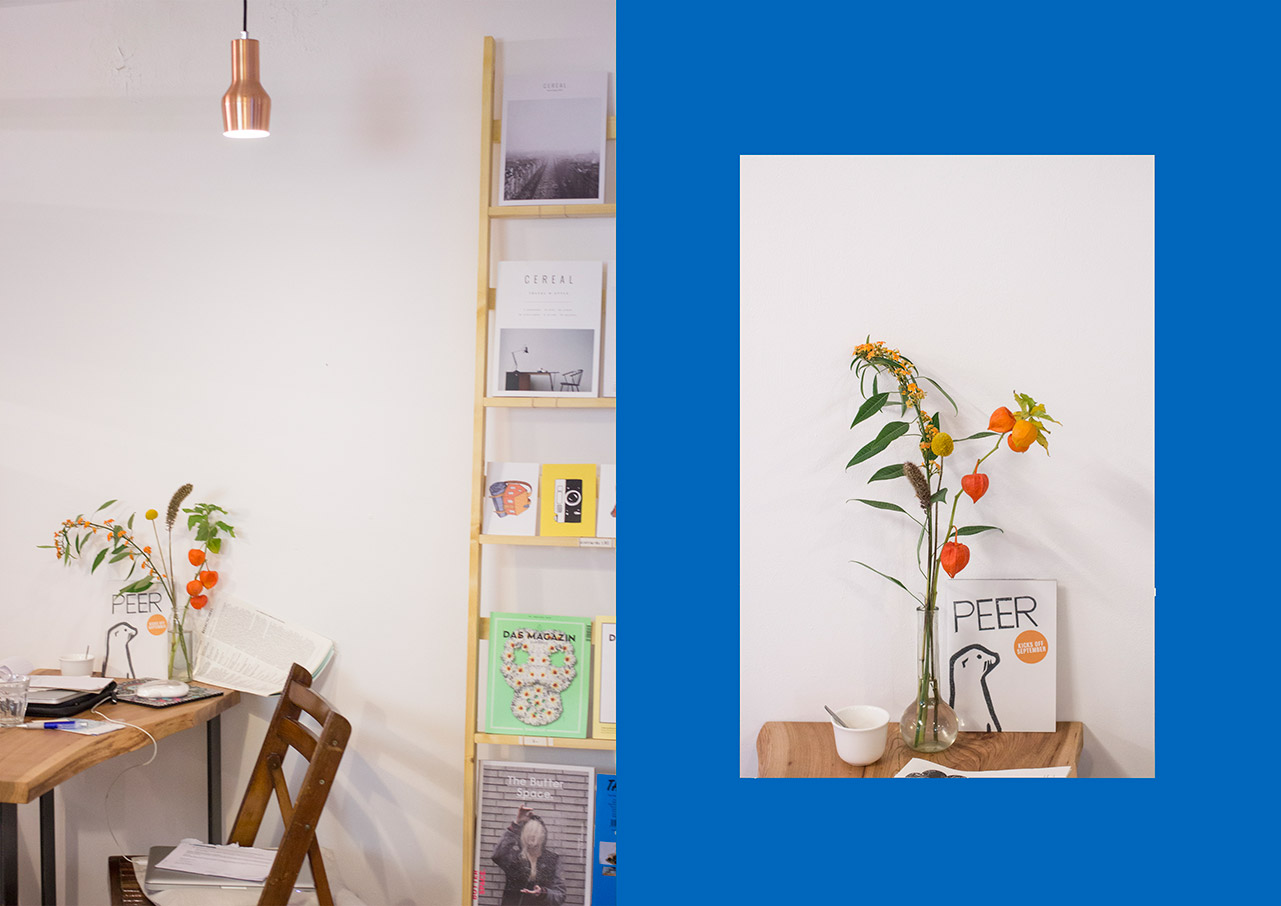
So how would you describe Peer, and how does it exist across the two platforms?
It’s a multidisciplinary art magazine and creative space focused on theory and the process of creating. We’re just about to move into a bigger space where we’ll have one full-time artist in residency as well as exhibitions, talks and discussions. The space is open to the public, so everyone’s welcome to come in to observe and give feedback as projects are being developed. The magazine is our print outlet where we feature artists and ideas related to the space. All in all Peer is about connecting people, be it physically or via the printed magazine.
We want Peer to be a platform where artists can develop. We think that by coming here and taking time out of their normal routine, they can have a moment of reflection to help them in their work. And because we’re open to the public, Peer can function as a testing ground for new ideas.
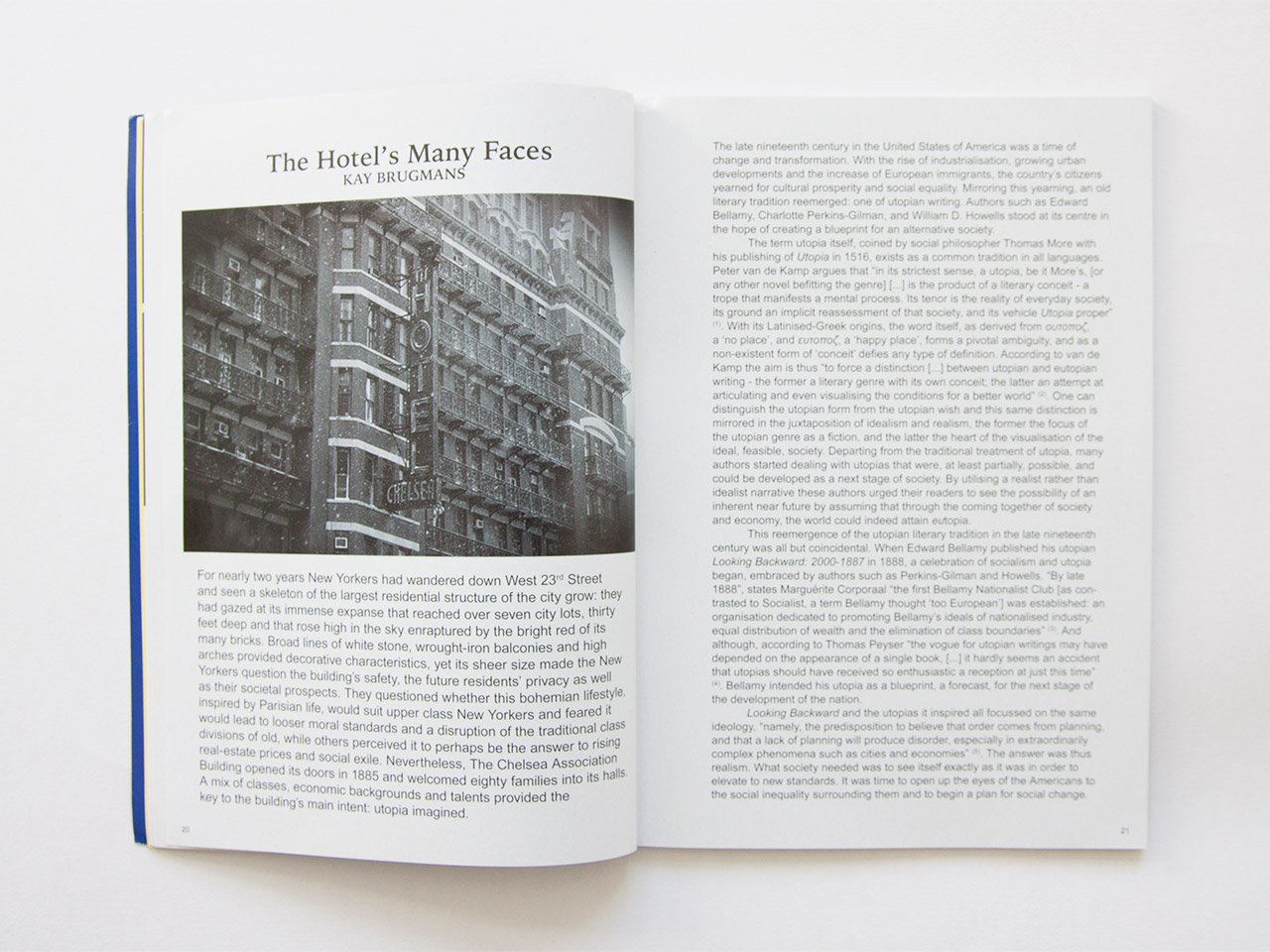
So how much of the magazine has a physical connection to the space?
About 40% of the content is the result of an artist spending time here. But all the artists featured are connected to Peer somehow and many will be coming to do something in the future, so it goes both ways. And some of the pieces are included to create a wider context and as inspiration for the rest of the magazine – for example, this issue was inspired by The Chelsea Hotel in New York and its ideology of living closely together to attain harmony and creativity.
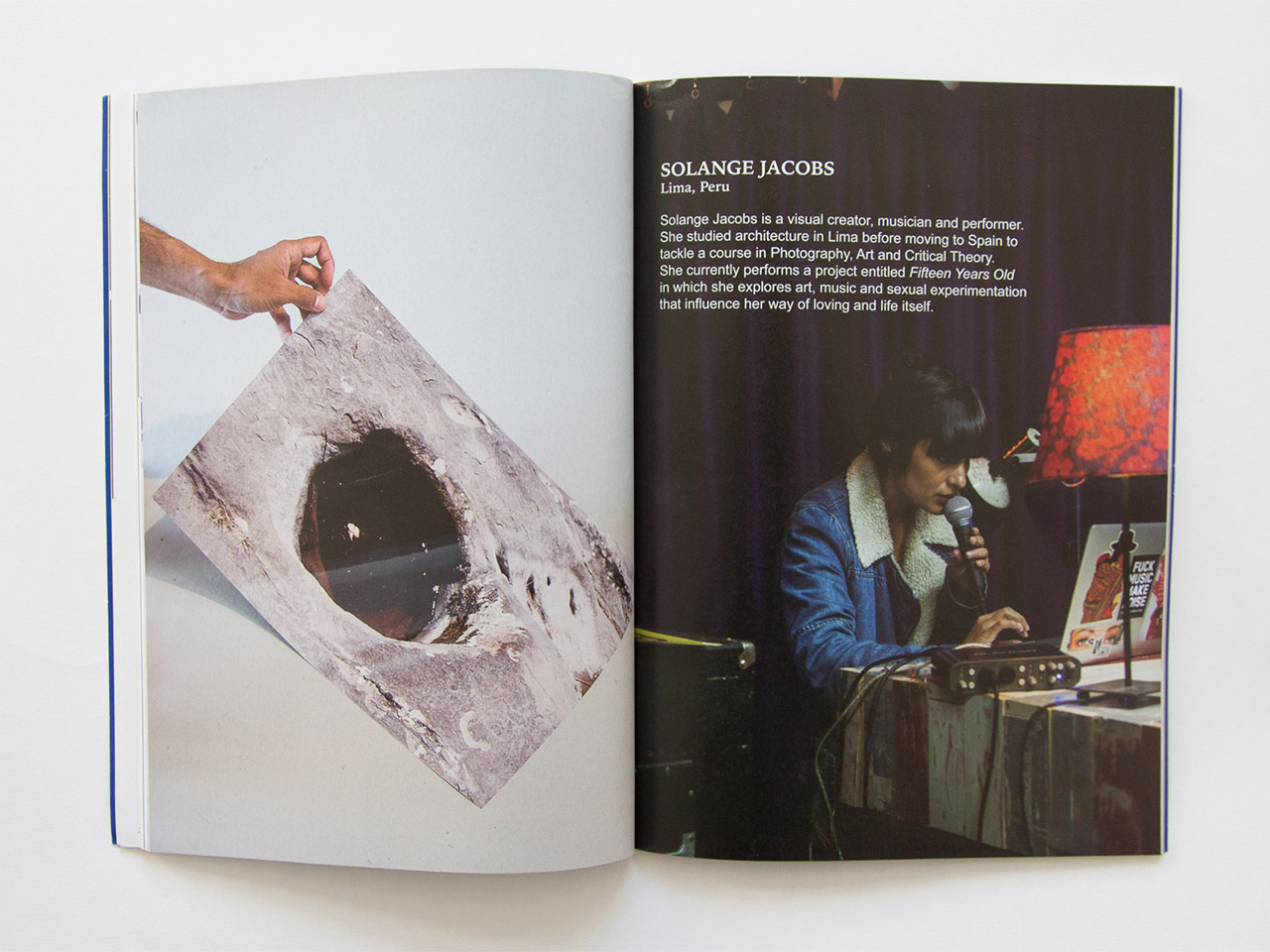
I think you’ve done a good job at translating the energy of the space onto the page – reading Peer I almost feel like I’ve been there…
Good! That’s exactly what we wanted, and also the reason why we decided to publish in English.
What about the name? Why Peer?
We called it Peer because we consider it almost like a peer-to-peer network – we’re all on the same level, and opening up to each other about the process that lies behind finished works of art. The research of an artist is a really important part of their practice so we wanted to dedicate room to that, not only showing a finished product.
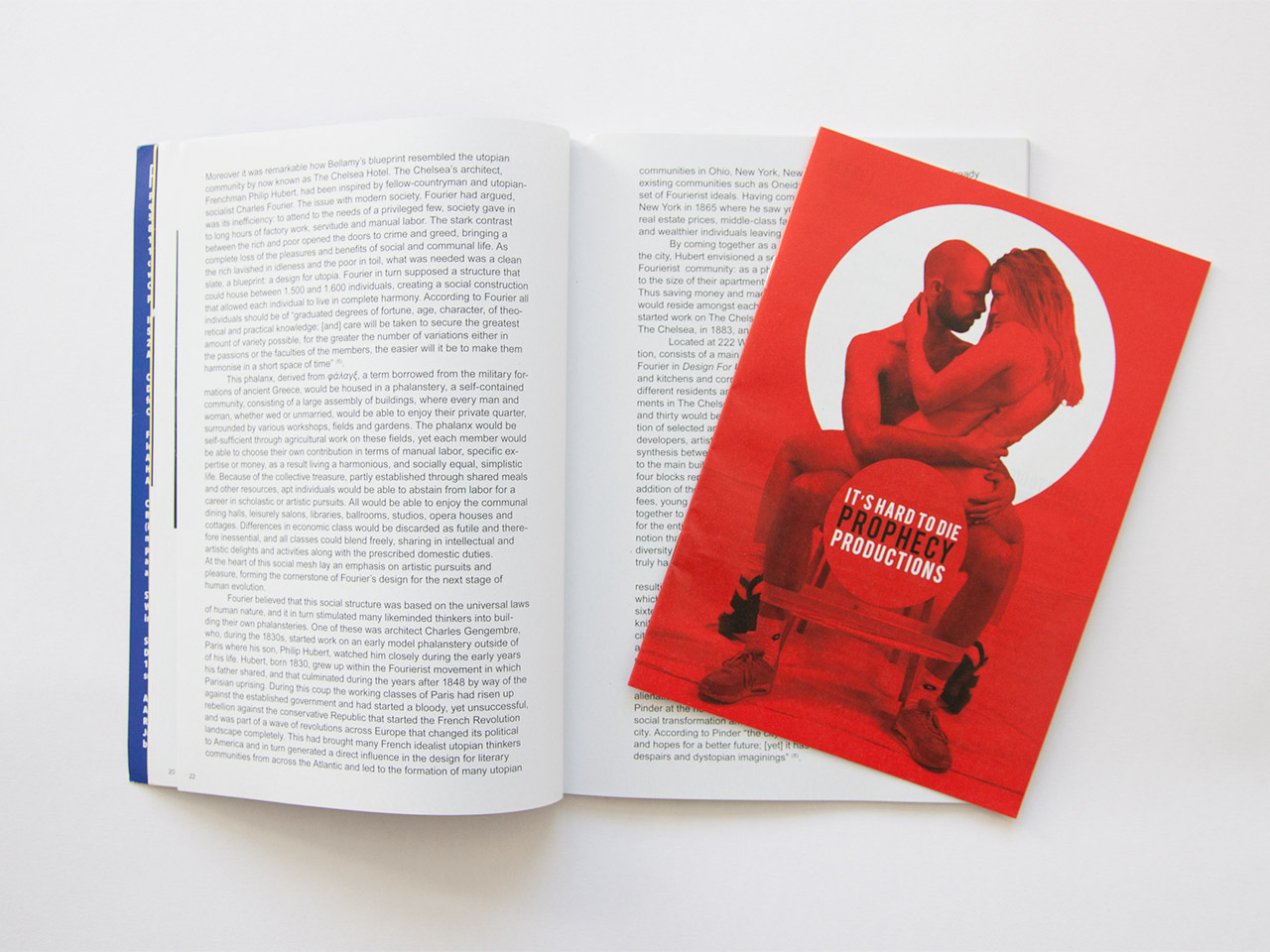
Is that something you missed in general? Focus on the process?
Yes, especially in magazines and in the art world. We think that even if you’re not an artist, hearing about the process of making something can be inspiring and can open your eyes to new ideas. Also, we wanted to break with the trend of publishing something ‘nice’ and ‘tidy’… The process of creating something great isn’t always nice and tidy.

Which brings us to your art direction – what was that process like?
We knew that whatever we did, we did not want to publish a magazine that just looks good; nice photos in a minimalist design. We’re rebelling a bit against that notion of beauty. We’ve worked hard to design it so that it’s a bit imperfect.
We wanted it to feel more like a weekly, so it’s printed on quite thin, slightly glossy paper stock. It’s meant to be an object to be used, not something to be placed on a coffee table and never read. The format is small so it’s easy to read on the go.
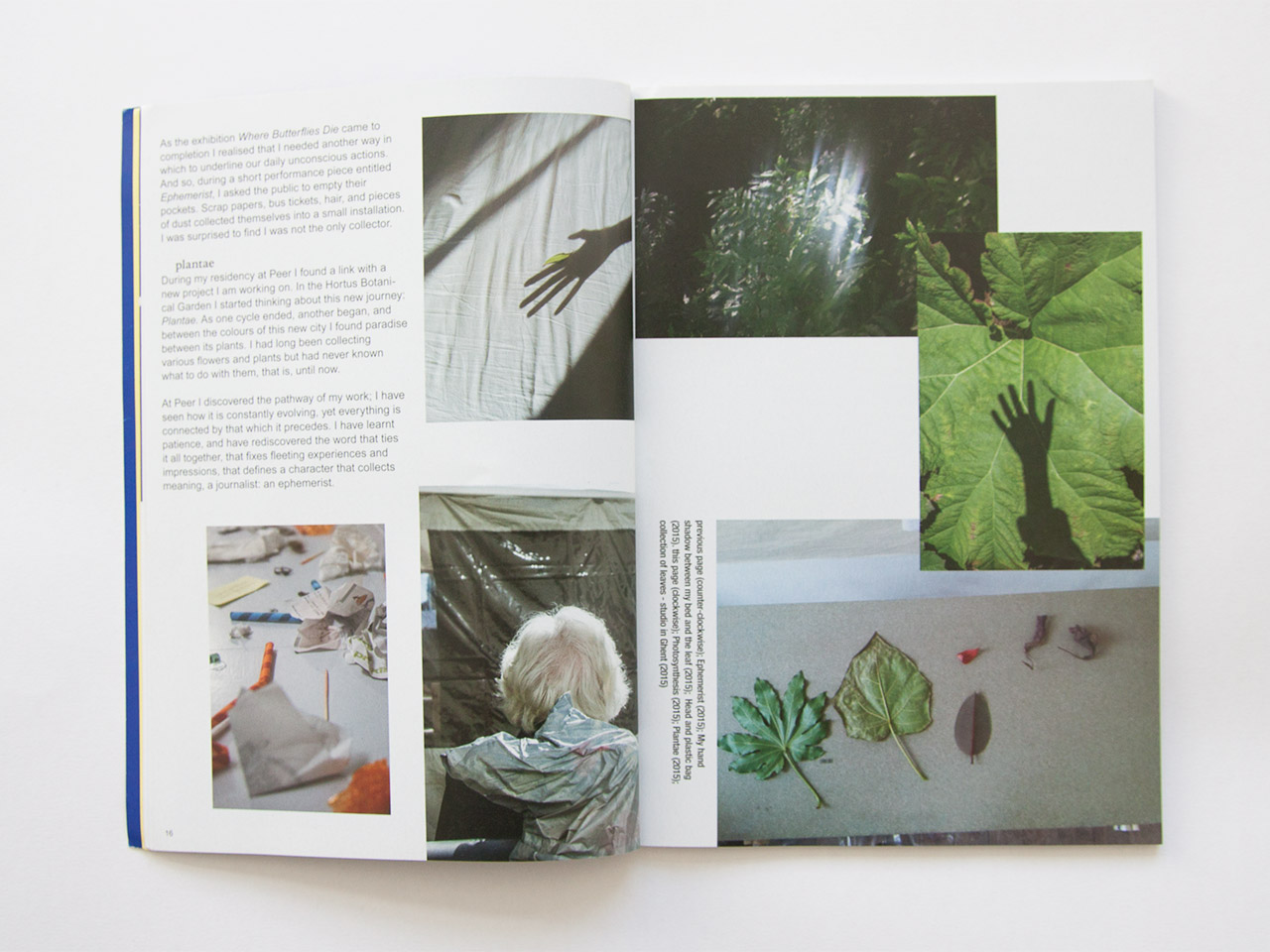
What about the cover? Is that a paper plane?
Yes – when we were finishing up the design we were actually in a residency ourselves. All the spreads we didn’t like we made into paper planes, which we hung from the ceiling around the space.
So it’s another example of your emphasis on the process? What about the next issue?
Exactly! We’re planning to launch the next issue by the end of April. Our first issue is called Peer Paper Matters and focused on physical objects and paper, while the next issue will be Peer Paper Words, and will focus on writing. We’re collaborating with Structo magazine from the UK which is exciting! We’ll include a lot of short fiction and explore how people work with words.
–
Stay up to date with the best independent magazines. Subscribe to Stack and we’ll send you a different handpicked title every month.






